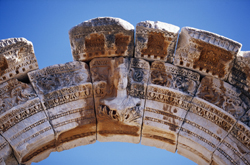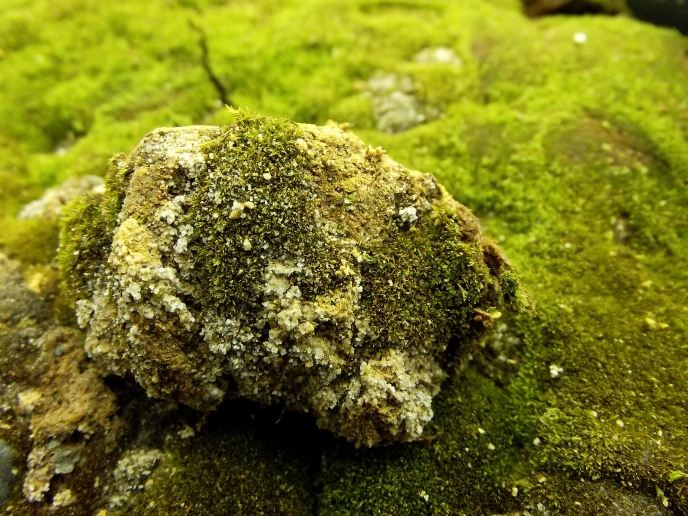Stonewalling microbial attack on stone artefacts
Our CH is being threatened by far more than physical and chemical forces like weathering and acid rain. The biological foes in this case are microorganisms that can withstand a barrage of adverse conditions including high ultraviolet (UV) radiation and salt as well as an oligotrophic environment that offers very little in the way of nutrition. To tackle this microbial attack on outdoor stonework, the 'Biological agents that actively attack cultural heritage stoneworks' (Bioattach) project identified the members of the microbial community that are causing the damage. Moreover, the microbes' specific roles and active components in the processes have been pinpointed. The Bioattach scientists studied sandstone artefacts at Portchester Castle near Portsmouth in the United Kingdom. The research included an in situ analysis of the stone changes involving the exfoliations and the black crust layer. Further data was obtained from laboratory chamber studies on artificially enriched stone discs looking at the growth and development of the communities in accelerated weather chambers. Extracted DNA and RNA samples were analysed with a whole range of state-of-the-art procedures. These included polymerase chain reaction followed by gene sequencing by 454 pyrosequencing, 16S rRNA gene sequence analysis and electrophoresis. Results from the genetic material extractions revealed the most predominant microbes to be Chloroflexi, Actinobacteria, Deinococcus, Proteobacteria, Cyanobacteria, Bacteroidetes and halophilic Archaea. In the stone alterations, there was a higher diversity in the bacterial members than in the Archaea. Trophic groups present include ammonia oxidisers and denitrifying bacteria. Cultivation studies and rRNA gene sequence analysis gave an indication of the metabolic activity of the microorganisms. Once again, there was a significant presence of ammonia oxidising bacteria such as Nitrosospira and halophilic representatives of the Streptococcus and Pseudomonas genera. The analyses also gave information on the microbial succession in the surface colonisation of stone discs. Bioattach deliverables are many and include new international collaborations between institutions interested in heritage conservation and a high level of European excellence in biodeterioration of stone artefacts. More importantly perhaps, the application of cutting-edge technology to the problem of deterioration of stoneworks means that research is on the verge of finding a sustainable solution.







